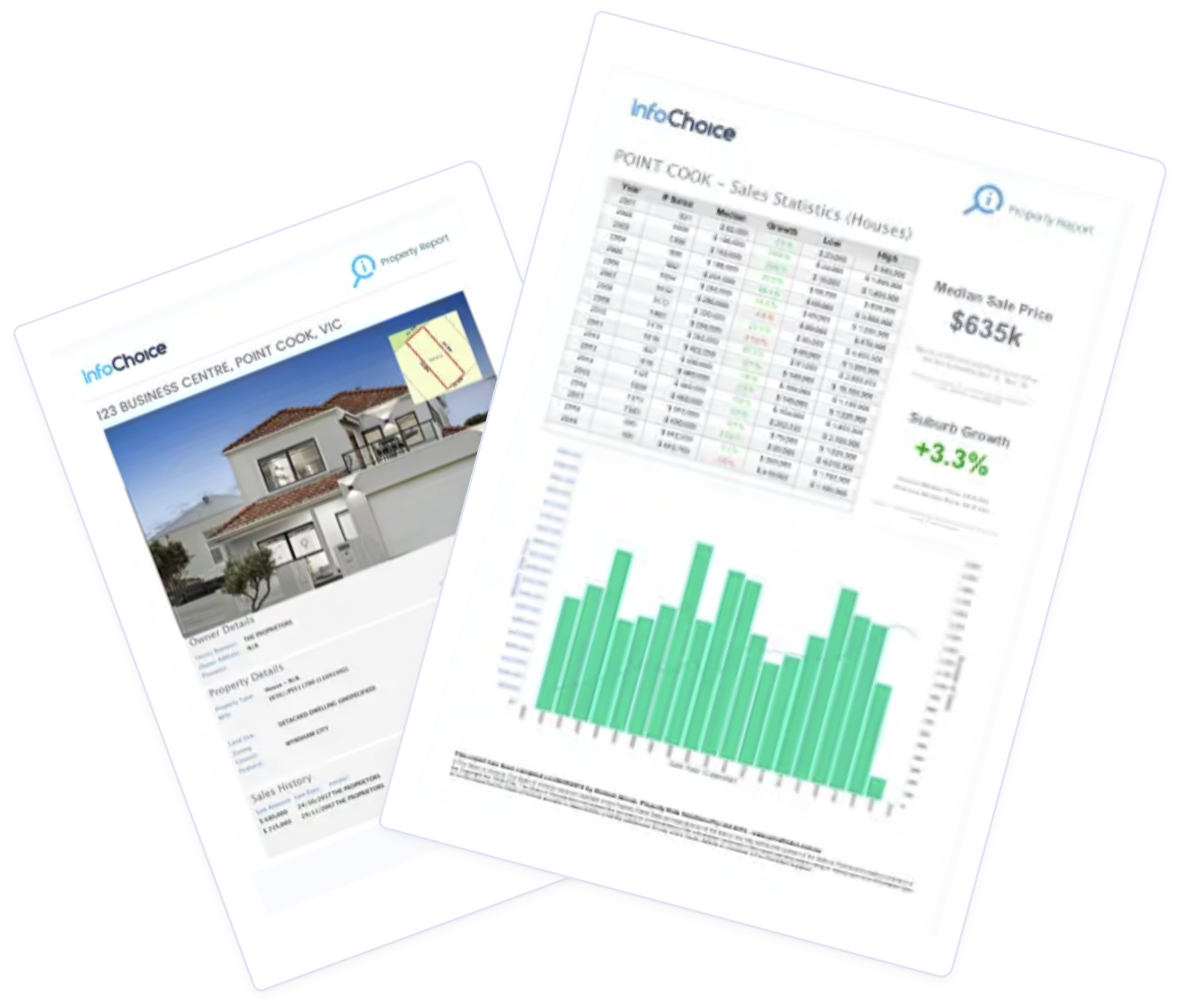
Home loans generally offer lower interest rates and access to more cash than car loans do. Thus, many mortgage holders considering a car loan product might find the interest rate on offer on the latter is notably higher than the one they realise on the former.
Not to mention, a person holding a mortgage with a few hundred thousand dollars owing and a few decades remaining on its lifespan mightn’t majorly notice the impact adding the value of a car to their principal balance could have on their regular repayments. After all, paying off, say, $20,000 over a 20 year term with a lower interest rate would probably demand relatively reasonable repayments.
But is it even possible to roll the purchase of a car into a mortgage? And are there any unseen drawbacks to doing so? The short answer is yes, but you’ll need to make sure your home loan allows for it and assess the interest rate/repayment implications for doing so.
We’ve considered the options to bring you all you need to know about using your home loan to purchase a car.
How to buy a car with money from a home loan
There are a few ways in which a person can use a home loan to fund the purchase of a new car.
Redraw extra repayments
The first is to redraw any extra repayments you’ve made. Many home loan products allow a borrower to pay more than their regular minimum repayments. Doing so can see them repaying their mortgage faster and realising less interest overtime.
However, if a borrower later wants access to the extra repayments they’ve previously made, they might have the option to redraw them. Once redrawn, they could use those funds however they wish. Perhaps to buy a car.
Another option is to withdraw funds from your offset account, if you have one. An offset account is your money, so you can use it how you like. However, you’ll want to consider if the interest saved on a home loan by having a big offset balance is more worthwhile than using the funds for a vehicle, where the alternative is a traditional car loan.
Refinance to a new, larger home loan
The second way a person might buy a car using funds from a home loan is by refinancing their mortgage.
Refinancing to a new home loan product could see a borrower realising a more competitive rate or provide them access to additional cash (or both) via the equity they’ve built through both home loan repayments and capital gains.
When refinancing, a borrower can draw down on the wealth, known as equity, they’ve built in the time they’ve owned their abode. This is known as liquidising. Once liquidised, money built by appreciating property can be used to buy a vehicle, or whatever else a homeowner might wish to purchase.
Let’s look at an example. A person might have bought their home five years ago for $400,000. They may have put down a 20% deposit to do so ($80,000), and signed up to a 30 year mortgage with a starting principal balance of $320,000 and a 6% p.a. interest rate.
If they made their regular repayments without fault, they could have repaid around $22,200 in the years since. Meanwhile, their property’s value might have risen 10%.
That would leave them with a $440,000 property, a $297,800 mortgage, and $142,200 of equity. Remember: the portion of a property’s value that isn’t owed to a lender is equity.
If this imagined borrower were to refinance, they might choose to effectively restart their mortgage with a 20% deposit (which would come to $88,000), thereby signing onto a $352,000 home loan, and getting access to the equity they had accrued as cash, which would be loaned to them by their lender.
If you use equity to purchase a vehicle, keep in mind your loan size will increase, and you could be back to square one, so to speak, where more of your home loan repayment is directed to interest payments rather than the principal.
Lender Home Loan Interest Rate Comparison Rate* Monthly Repayment Repayment type Rate Type Offset Redraw Ongoing Fees Upfront Fees Max LVR Lump Sum Repayment Extra Repayments Split Loan Option Tags Features Link Compare Promoted Product Disclosure
Promoted
Disclosure
Promoted
Disclosure
Consolidate an existing car loan into a mortgage
The third way a person might fund the purchase of a car through a home loan product is through consolidation. Consolidating means to combine multiple debts into one.
If you already have a car loan and a home loan, or you’re in the process of taking out a home loan, it might be possible to consolidate the two. While not technically ‘funding’ the purchase of a car, consolidation could see a borrower realising a lower interest rate on debts associated with their wheels.
Read more: Roll car loan into mortgage
Home loan top up and equity loans
Home loan top ups and equity loans are the fourth option, and are offered on some home loans to increase the home loan size and use the funds to pay for items such as a new vehicle. Basically, you are borrowing again, often in a separate loan facility, against the equity you’ve built in your home.
They can be simpler than applying for a home loan refinance and typically carry lower interest rates than credit cards and many personal loans.
At the end of the day, however, you are taking on more debt. You are also financing the purchase of a car and stretching the repayments out over 25-30 years, meaning you could pay more interest in the long run than you would by taking out a car loan, which usually last for 3-7 years.
What happens to your repayments if you buy a car through a mortgage?
If you refinance or redraw on your home loan to purchase a new set of wheels, your repayments will likely be impacted.
More interest payable and bigger loan size
Redrawing the money won’t impact the size of your minimum regular repayments. Though, it will see more of your regular repayments going towards interest, as you'll once again owe the money you had previously repaid. For that reason, you could end up paying more interest over the life of your loan than you would have if you didn’t redraw the funds.
If you were to refinance to a new home loan, on the other hand, your minimum repayments will likely change. By how much will depend on the size of your new principal balance and interest rate.
If you were to refinance to a new home loan product boasting the same interest rate and lifetime as your old product, and the only difference is that you’ve added the cost of your new ride to your principal balance, your repayments will likely increase.
However, there is a potential situation in which you find a great home loan interest rate, and the savings you realise on interest offset the additional sum tacked onto the principal balance. At least when it comes to your repayments, that is.
It is worth noting that rolling the cost of a car into a home loan could result in a borrower paying more interest over the life of their loan than they would have if they simply took out a car loan. That’s because home loans are generally far longer than car loans – with lifespans of decades rather than years.
That means you might owe the money you spend on your car for longer, accruing more interest the whole time.
Consider extra repayments to stay on top of your debt
One way to mitigate such negative impacts could be to make regular extra repayments.
Though, not all home loan products allow a borrower to make extra repayments. Fixed rate home loans, for instance, typically either don’t allow for extra repayments or limit how much extra a borrower can repay without incurring a penalty.
Further, making the additional repayments potentially needed to negate the negative interest impacts takes discipline. If you don’t have such discipline, you could easily end up worse off than if you were to take out a separate car loan with a higher interest rate.
Example: Carl Owen and his new car dreams
Carl Owen is considering buying a new set of wheels. He’s got his eye on a BYD Dolphin, currently retailing at around $39,000 drive away.
Car loan through a mortgage
He also has a home loan with a principal balance of $550,000 and 22 years left on the loan term.
With his current interest rate of 5.50% p.a. Carl's monthly repayments are around $3,270 a month. He is expected to pay $399,400 of interest over the remainder of his loan’s life.
If he refinances to a new home loan to get access to $39,000 to buy the car, his new principal balance would be $589,000. Assuming his interest rate and the remaining length of his home loan stays the same, his monthly repayments would climb by around $580 to just over $3,850. The amount of interest he pays over his mortgage’s life would also increase to $427,710.
See Also: Home Loan Calculator
A standalone car loan
Let’s compare that to the repayments on a three-year car loan with an interest rate of 7.50% p.a. That could cost Carl around $1,210 a month. He would pay $4,673 of interest over the life of his loan.
So, looking at the figures, by redrawing from his home loan to buy his dream car, Carl would reduce what could be considered his ‘repayments’ from $1,210 a month to $580 a month.
However, he would extend the time it takes to pay off his car by 19 years and pay an extra $23,600 or so of interest over the life of his home loan.
Of course, this could be negated by using some of the money he saves each month to make extra repayments on his mortgage.
Paying an extra $120 a month off his home loan would negate the impact of refinancing to buy a car on his total interest bill. Though, he would have to continue making that extra repayment for the life of his loan for that to be the case.
See Also: Car Loan Calculator
Risk: Avoiding negative equity
Tying a car purchase into a home loan can increase the amount of interest a borrower pays over the life of their loan. But that’s not the only drawback to consider.
Another is the chance of going into negative equity. A person in negative equity with a home loan owes more to their lender than their property is worth.
A homeowner might find themselves in negative equity after a housing market downturn, an event that reduces the value of their property (a flood or fire, for instance), or if they spend more to renovate or extend their home than they add in value by doing so.
On a traditional car loan, the risk of negative equity is mitigated somewhat by shorter loan terms and higher repayments - with less interest ultimately payable - as equity is built much quicker.
When you’re borrowing within the home loan, the repayment terms are much longer, and you are borrowing against your home for a vehicle that ultimately loses money.
Pros & cons of funding the purchase of a car with a home loan
Pros
Lower interest rate and/or smaller repayments
Buying a car by refinancing to borrow against the equity in your house could see your home loan repayments increase. However, the additional cost of your repayments will likely be dwarfed by the potential repayments demanded by a car loan. That’s largely due to the lower interest rate and longer lifespan typically offered by a home loan compared to a car loan.
If you redraw funds to buy a car, it's unlikely that your repayments will increase.
Single set of fees and repayments
Finance products such as home loans and car loans typically demand fees. And if you hold more than one finance product, chances are you’ll end up paying more than one set of fees. Thus, purchasing a vehicle with money from a mortgage could help to minimise the fees you incur.
In addition, juggling multiple loans and bill due dates can be confusing and overwhelming. By consolidating them into the one loan you know you have only one repayment to handle.
Additional benefits of refinancing
There are plenty of benefits to refinancing beyond simply getting access to equity built up in a property. Perhaps the most common benefit people realise after refinancing is a lower interest rate or more home loan features.
If you refinance in a bid to get a hold of the funds needed to buy a car, you might find you end up with a better home loan deal than you previously had - especially if it’s been a while since you’ve compared home loan rates.
Tax benefits
Finally, some property investors might realise tax benefits as a result of their home loan, and those benefits could feasibly increase if they were to borrow more against a property to buy a car.
Investment home loan interest is deductible at tax time. Increasing your home loan size to accommodate a vehicle purchase increases your repayments and interest payable.
Further, if you own an investment property and realise a loss on your investment in a given tax year, you might be able to engage in negative gearing. This essentially means you’ve written off any losses against your taxable income, thereby reducing the amount of income tax you pay.
Of course, tax deductibility and car finances can be a complicated topic, so talk to a financial adviser or accountant before using an investment home loan to fund a vehicle purchase.
Cons
Paying off the value of a car for longer
Perhaps the most notable downside to borrowing down on your home loan to buy a car is the fact that doing so can extend the time it takes you to pay off your wheels by decades.
It can also mean that you end up paying more in interest over the long term, even if the interest rate on your home loan is lower than that on a car loan. If you’re not careful, you might also continue to pay for the car in interest and heightened repayments long after you’ve sold it.
While the long term impacts can be mitigated by paying extra each week, fortnight, or month, many home loan products mightn’t allow a borrower the option to pay more than their minimum repayments.
Buying multiple cars over the life of a home loan could cause financial harm
If you’re considering dipping into your home loan to buy a car every few years, you might find you slowly eat away the equity you accumulate over time.
Thus, you might not realise as much of the wealth-building benefits of homeownership, instead spending your accumulated wealth to purchase depreciating assets.
Risk of negative equity
Speaking of depreciating assets, the value of a car typically declines at a notably fast rate. That’s compared to the value of a house, which can generally be expected to appreciate as time goes on.
However, if you borrow against a house to buy a car, and for some reason the value of both retreat, you might end up owing more to your lender than your possessions are worth.
This is called negative equity. A person in negative equity is also sometimes referred to as being ‘mortgage trapped’, meaning that, even if they sell their property, they might still be in debt.
Cost of refinancing
While refinancing can be a great way to get more money back in your pocket, it often isn’t free. There are plenty of expenses associated with refinancing and a borrower considering doing so would be wise to weigh up the costs against the benefits.
If you’re thinking about refinancing to access equity you plan to use to buy a car, you might find the additional fees you face to do so outweigh any savings you expect to make.
Image by Zachary Keimig on Unsplash.





